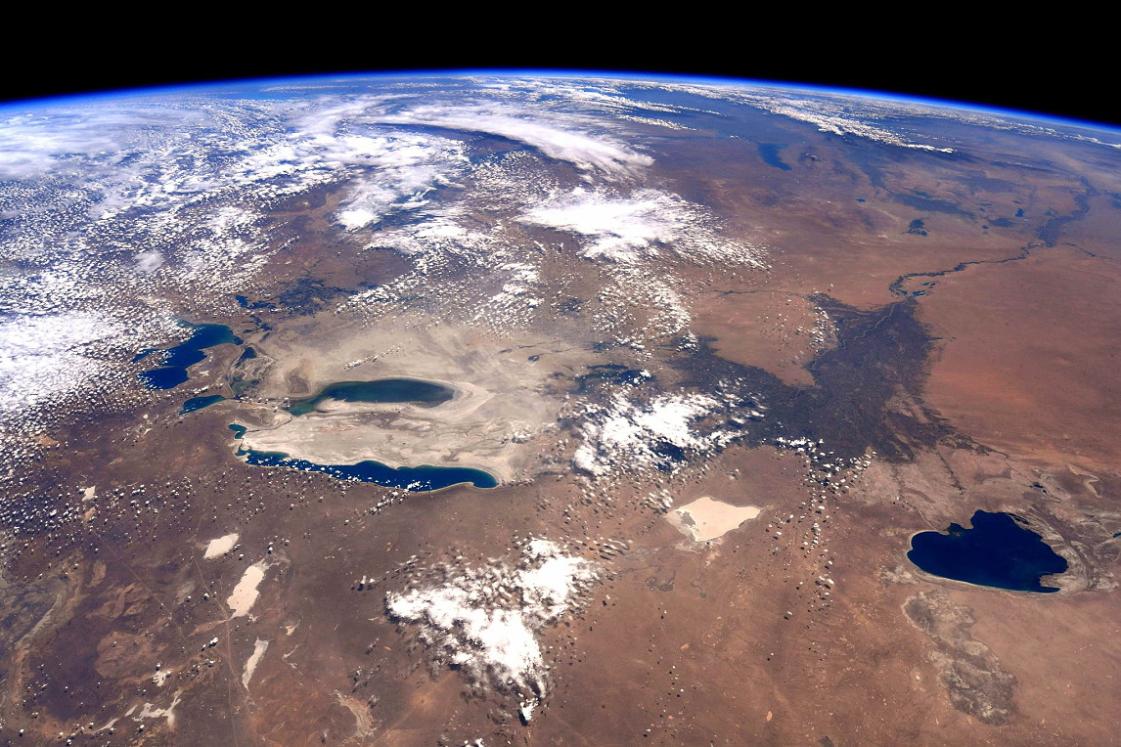What Are the Challenges and Limitations of Using Satellite Data Earth Observation for Restaurant Management?
Satellite data Earth observation has emerged as a valuable tool for various industries, including the restaurant sector. By leveraging satellite data, restaurants can gain insights into customer behavior, optimize supply chains, and make informed decisions to improve their operations. However, there are several challenges and limitations associated with the use of satellite data for restaurant management that need to be considered.

Challenges In Using Satellite Data For Restaurant Management
Data Accessibility And Availability:
- Limited access to real-time or historical satellite data can hinder timely decision-making and analysis.
- Data availability may vary depending on location and weather conditions, affecting the consistency and reliability of data.
Data Processing And Analysis:
- Complex data formats and specialized software requirements can create barriers for restaurants without the necessary technical expertise.
- The need for skilled personnel to interpret and analyze satellite data adds to the cost and resource requirements.
Data Accuracy And Reliability:
- Uncertainties in data quality and accuracy due to atmospheric conditions and sensor limitations can impact the reliability of insights derived from satellite data.
- Challenges in validating and calibrating satellite data can further complicate the process of ensuring data integrity.
Cost And Resources:
- High costs associated with acquiring and processing satellite data can be a significant barrier for restaurants, especially small and medium-sized businesses.
- The need for specialized equipment and infrastructure adds to the financial and logistical challenges of implementing satellite data solutions.
Limitations Of Satellite Data For Restaurant Management
Limited Spatial And Temporal Resolution:
- Satellite data may not provide sufficient detail for specific restaurant locations, limiting its usefulness for micro-level analysis.
- Temporal limitations due to revisit times and cloud cover can hinder the ability to obtain consistent and up-to-date data.
Weather And Atmospheric Conditions:
- Cloud cover and adverse weather conditions can hinder data acquisition and accuracy, affecting the reliability of satellite-derived insights.
- Atmospheric conditions can affect the interpretation of satellite data, introducing uncertainties in the analysis.
Data Integration And Interoperability:
- Challenges in integrating satellite data with other data sources, such as POS systems and customer feedback, can limit the comprehensiveness of analysis.
- Lack of standardized data formats and protocols can hinder seamless data integration and interoperability.
Ethical And Privacy Concerns:
- Potential privacy concerns related to the collection and use of satellite data can raise ethical considerations.
- Ethical considerations regarding the responsible use of satellite data, such as avoiding surveillance and respecting individual privacy, need to be addressed.
While satellite data Earth observation holds great promise for restaurant management, it is essential to acknowledge the challenges and limitations associated with its use. Overcoming these challenges requires collaboration between stakeholders, including data providers, technology companies, and restaurant industry experts. By addressing these challenges and limitations, the full potential of satellite data can be unlocked, enabling restaurants to make informed decisions, optimize operations, and enhance customer experiences.
YesNo

Leave a Reply